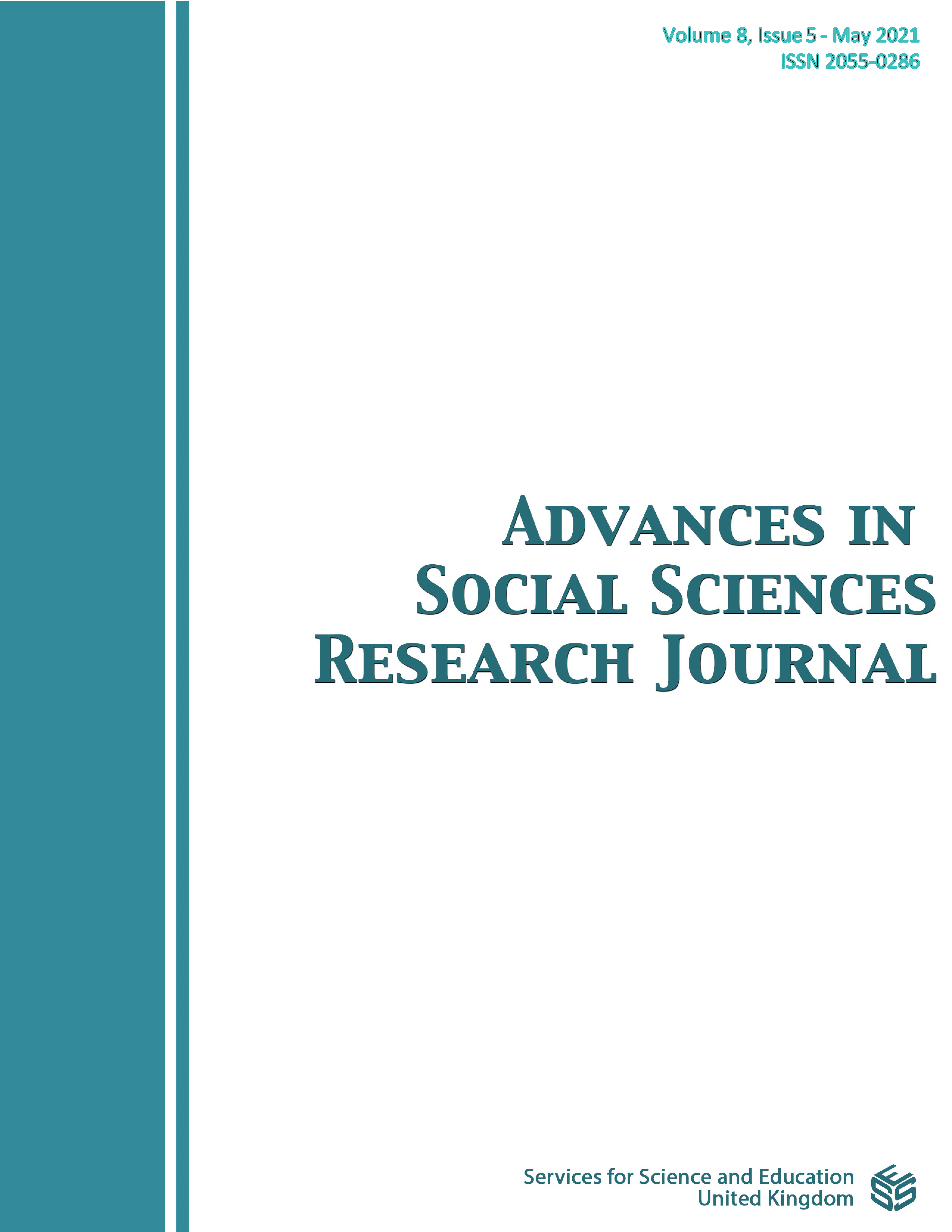The Rationale Behind the Influence of English on Modern Colloquial Sinhala Language
DOI:
https://doi.org/10.14738/assrj.99.13019Keywords:
Colloquial Sinhala, English Influence, Colonial language, top-down and bottom-up, soft-arbitraryAbstract
The causes of language influence that come under contact linguistics is a topic of common interest among linguistic academics nowadays. Sinhala is the majority language in Sri Lanka that has evolved over 2000 years and during this long retro, it has had both oriental and occidental language influences while the major impact has received from western languages after colonising the country. This piece of research employed two primary data collection methods: participatory observation and chunk recordings while collecting secondary data from the previous literature. As the sampling strategy, we used convenient sampling and the analytical technique of data was content analysis. The main objective of conducting this research was to find out the exact causes of the English language influence on modern colloquial Sinhala over the last 200 years. The study has established the main causes of English language influence on modern colloquial Sinhala as linguistic and cultural hegemony, colonisation, American expansion, superiority of social class, globalisation, commercial, industrial and religious factors while language contact is recognised as an umbrella term for these root causes. In conclusion, there have been two broad directions of these causes of English language influence that had taken place. At the beginning of the colonial rule, it had become top-bottom and now it has transferred to bottom-up, and the influence of English in the modern period on Sinhala has become complementary and multidimensional while the political influence behind the process in its nature is soft and arbitrary.
References
. Anderson, J.M. (1973). Structural Aspects of Language Change. London: Longman.
. Atapattu-Bakmeewewa, D. (2017). Lexical retrieval in bilingual Sinhala-English and monolingual Sinhala healthy speakers and speakers with aphasia [University of Sheffield]. https://etheses.whiterose.ac.uk/21630/1/ADSA BAKMEEWEWA THESIS PhD (Complete version).pdf
. Chandrarathne, R. (2011, November 06). Changing Facets of English in Sri Lanka. Sunday Observer.
. Claire, L., & Theresa, M. (2019). Qualitative Secondary Research; A step-by-step guide. Sage Publications.
. Crystal, D. (2005). The Language Revolution. Cambridge: Polity Press.
. Darmadasa, K. N. O. (1996). Bhashava ha Samajaya. Maradana: Godage Publishers.
. Darmadasa, K. N. O. (1996). Dveebhashakatvaya. Colombo: The Department of Cultural Affairs.
. Lincoln,N.K. & Denzin,Y.S.(eds),(2002).The Qualitative Inquiry Reader.Sage publications. https://books.google.lk/books
. Disanayaka, J.B. (2002). Udarata Sinhalaya. Maradana: Godage.
. Gunasekera, M. (2005). The Post-Colonial Identity of Sri Lankan English. Colombo: Katha Publishers.
. Haugen, E. (1950). The Analysis of Linguistic Borrowing. Language, 210–231.
. Mawelle, I. J. (2019). New Dimensions in Code-Mixing and the Sri Lankan Case: An Exploratory Study. Colombo Journal of Multi-Disciplinary Research, 4(1), 133. https://doi.org/10.4038/cjmr.v4i1.39
. Meyler, M. (2007). A dictionary of Sri Lankan English. Colombo: Author Publication.
. Myers Sotton, C (2002). Contact Linguistics: bilingual encounters & grammatical outcomes. Oxford: Oxford University Press.
. Passe, H. A. (1943). The English Language in Ceylon. University of Ceylon Review, 50-65.
. Premawardhena, N. (2003). Impact of English loan words on modern Sinhala. 9th International Conference on Sri Lanka Studies.
. Sankoff, G. (2001). Linguistics Outcomes of Language Contact, the University of Pennsylvania (In Peter Trudgill, J. Chambers & N. Schilling-Estes, eds., Handbook of Sociolinguistics, Oxford: Basil Blackwell, 2001, pp. 638-668.).
. Senaratne, C. D. (2009). Sinhala-English code-mixing in Sri Lanka : a sociolinguistic study. In Lot (Issue 217).
. Snyder, W. (2013). Making Meaning From Your Data. In M. V. Lichtman (Ed.), Qualitative Research in Education A User’s Guide. Sage Publications. https://www.sagepub.com/sites/default/files/upm-binaries/45660_12.pdf
. THOMASON, S. G. (2001). Language Contact. Edinburgh University Press Ltd.
. Weinreich, U. (1963). Languages in Contact: Findings and Problems. The Hague: Mouton & co.
. Winford, D. (2007) Some Issues in the Study of Language Contact. Journal of Language Contact – THEMA 1, 22-40.
Downloads
Published
How to Cite
Issue
Section
License
Copyright (c) 2022 Upul Priyantha Gamage, Nipunika Dilani

This work is licensed under a Creative Commons Attribution 4.0 International License.
Authors wishing to include figures, tables, or text passages that have already been published elsewhere are required to obtain permission from the copyright owner(s) for both the print and online format and to include evidence that such permission has been granted when submitting their papers. Any material received without such evidence will be assumed to originate from the authors.






